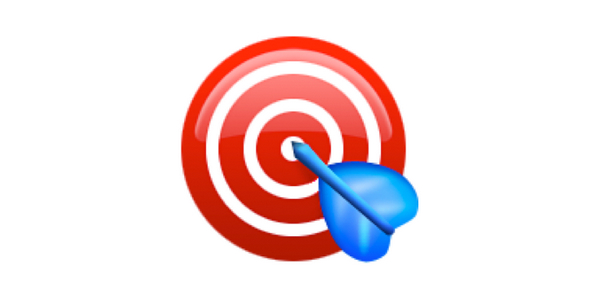Over 110 billion emojis have been tweeted since 2014, yet until recently there was no way for marketers to take advantage of the trend apart from buying a million-dollar branded emoji.
Twitter has announced the launch of emoji keyword targeting for ads, allowing marketers to reach out to users who have recently sent or engaged with tweets featuring the standardized set of smiley faces and simple pictographs.
“When we look at the language and the context of people tweeting today, it’s shifted dramatically to either to video imagery or emojis or any kind of image-based language,” said Gareth Smith, the head of account management at Twitter Canada. “As a platform that can provide this kind of conversational targeting, we’re able to unlock a lot of interesting sub-context to people’s conversations.”
As emojis grow in popularity, Smith explains that marketers now have the ability to target users based on symbols that transcend language barriers, spelling variations and typos.
“It’s an even more powerful way to target than a conversation that could have a thousand different words associated, a thousand different hashtags,” he said. “When you have a single emoji, that’s the anchor to all of those other conversations.”
Smith believes emojis are particularly powerful for targeting around international events.
“There could be a symbol for an upcoming tennis tournament, that could be an emoji. A brand could target people who are part of that conversation, and you could have different creative associations with that, different targeting,” said Smith.
Emoji targeting is now live in Twitter’s ads API via its partners AdParlor, Amobee, HYFN, Perion, SocialCode and 4C. Smith says the company is employing these partners in order to hit the market sooner while providing them the ability to build intelligence tools, rules-based decision making engines and other incremental innovations on top of the underlying capabilities.
“I think a lot of marketers are going to be really eager to try this, and I’m sure it’s just the first stage in the evolution of targeting not just with words but with visuals,” said Patrick Thoburn, the cofounder of Matchstick, a Toronto-based social media marketing agency. “We do find that, typically, when we publish on behalf of a brand on Twitter, if there are emojis in those tweets, on average those tweets have higher engagement. “
Thoburn adds that while he doesn’t see brands trying to target based on mood emojis, such as the happy, crying or angry faces, he does see an opportunity to incorporate other symbols into his marketing strategy.
“Targeting by mood or mindset with emojis would be quite imprecise,” he said, adding, “we work with a number of alcohol brands, and there are several drink emojis. So for us there’s an opportunity to target by interest. That’s a neat opportunity that we would test.”
Thoburn does have one important word of advice for brands that are starting to get into the emoji game. “Just beware that a peach emoji doesn’t always mean a peach,” he said. (For the uninitiated, the peach emoji is often used to refer to someone’s backside.)











